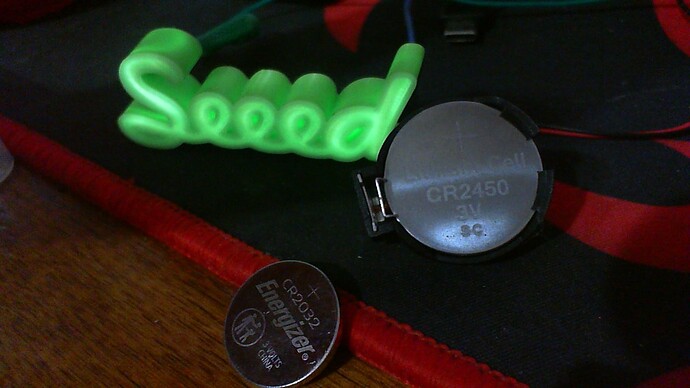Hi there,
So the link to the Express session is in the other thread, here are the main points they give at the dev academy.
The Coin Cell has caveats, I’m not using a 2032 , (2450) but it can work also if you follow the guidelines, some are here but the dev academy course has more.
the very astute, @grobasoz is correct and spot on it’s the rule one basically…
Here are the Key considerations for using a coin cell
- Voltage compatibility
The nRF54L15 operates within a voltage range of 1.7 V to 3.6 V. A standard 3V lithium coin cell, such as the CR2032, is a good fit for this range.
- A fresh CR2032 provides a voltage of 3V, which is well within the nRF54L15’s operational range.
- The voltage from the coin cell will drop over time as it discharges, but the nRF54L15 can function until the voltage falls below 1.7 V, maximizing battery life.
- Current draw limitations
The primary constraint of using a coin cell is its high internal resistance, which limits the available current.
- Low average current: Coin cells are designed for low-drain devices. A standard CR2032 is typically rated for a continuous discharge current of only 0.2 mA.
- Pulsed current: While the average current must be low, the battery can supply much higher short-duration currents, such as during radio transmission. The nRF54L15’s radio power consumption is far more efficient than its predecessors, making pulsed operation a good fit for coin cell batteries.
- Capacitor solution: To handle high-current radio pulses, you must use a buffer capacitor to supplement the coin cell’s current during transmission peaks. The coin cell will then slowly recharge the capacitor during the device’s sleep periods.
You can configure the DK board to work with a cr2032 fwiw ![]()
I use a coin cell on the nRF52840 same caveats, works well.
Sleep,limit Xmit power, turn off ext flash, DC/DC all the trimmings.
More is coming out on the Bare Metal configs too, stay tuned it has support for single slot OTA DFU also.
HTH
GL ![]() PJ
PJ ![]()
this one on the left…
worth noting also,
- Limiting factors: A coin cell’s own maximum storage time (typically 4–5 years for a CR2032) is often a limiting factor, as the battery may stop working before it is fully discharged in ultra-low-power applications.
